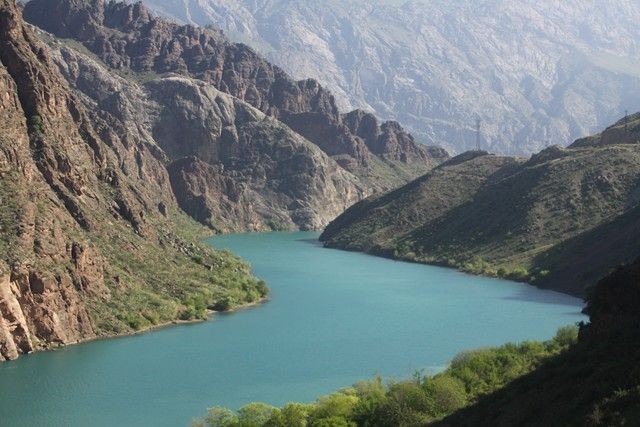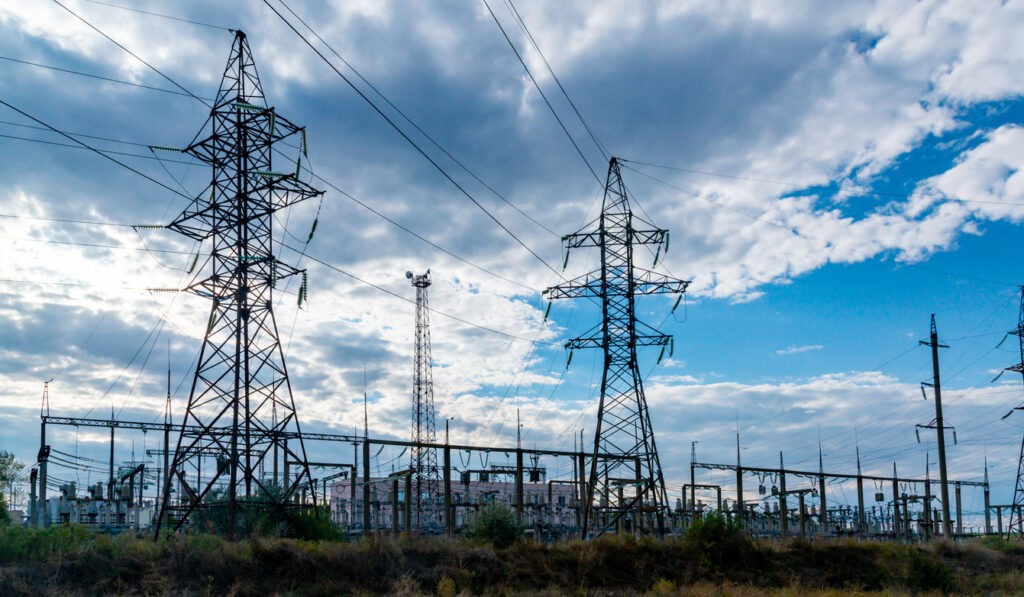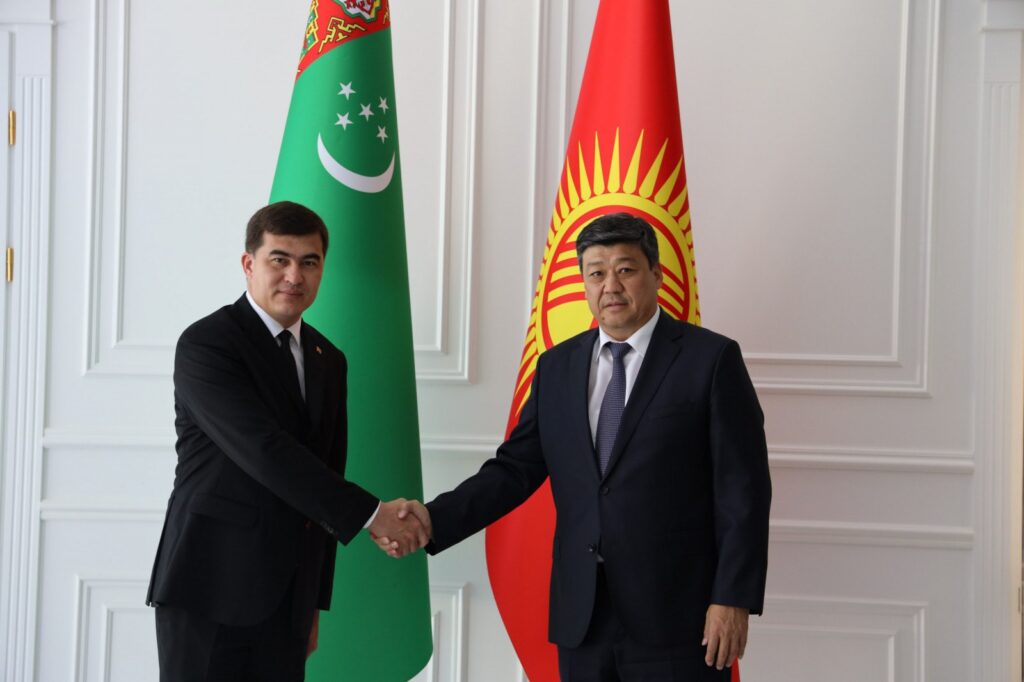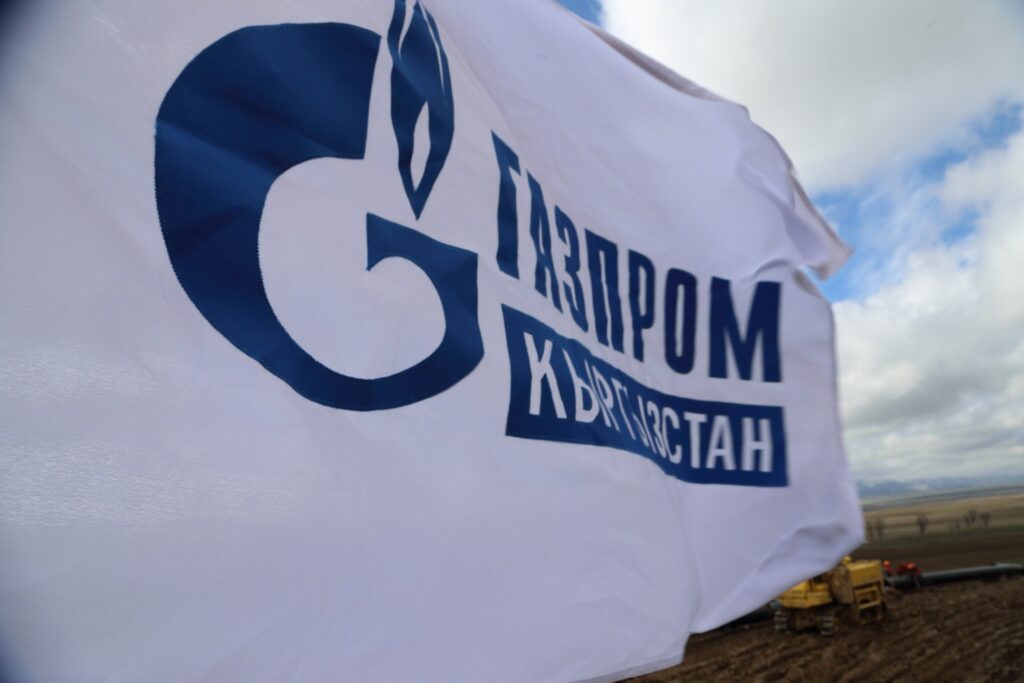BISHKEK (TCA) — Kyrgyzstan is going to discuss with Russia the reimbursement of funds spent for the construction of the Upper Naryn hydropower plants cascade, Aibek Kaliyev, head of Kyrgyzstan’s National Energy Holding said.
Earlier this month, Russia’s RusHydro CEO Nikolay Shulginov told Russian media that if Kyrgyzstan does not reimburse $37 million spent on the project the company would apply to international arbitration. As part of the Upper Naryn HPPs project, Russian money was spent to build a camp for construction workers, concrete plants, bridges, water supply, sewage and purification networks, access roads, and transformer substations.
Kyrgyzstan does not refuse to repay the money but insists on an independent audit, Kaliyev said. It is necessary to check what the money was spent for. To this end, representatives of the National Energy Holding are going to visit Russia for talks on this issue.
Background
In January 2016, Kyrgyzstan denunciated agreements between the governments of Kyrgyzstan and Russia on construction and operation of Kambarata-1 HPP and the Upper Naryn HPPs cascade. The agreements were signed on September 20, 2012 in Bishkek during the visit of Russian President Vladimir Putin to Kyrgyzstan.
According to the agreements, the Electric Stations JSC from Kyrgyzstan and RusHydro JSC from Russia were authorized to implement the project. Both companies owned 50% stakes in the authorized capital of the Upper-Naryn HPPs JSC. Russia had to provide money for feasibility studies and 50% of the cost of the project with loans on preferential terms. Kyrgyzstan had to provide land for the project.
According to the Kyrgyz parliament statement, in 2015 the Russian side did not solve the issue of financing the project due to financial problems and did not find sources of funding for 2016. This led to delays in the HPPs construction. Besides, Russia offered new terms that did not meet the interests of Kyrgyzstan. Instead of a soft loan at 2.5%, the Russian side proposed a commercial loan at 8-10%.
On August 9, 2016, Russia officially stopped funding the project.
Upper-Naryn HPPs
It was planned to build the Naryn cascade in six years, and the first hydraulic unit of the main Naryn HPP-1 should have been put into operation in 2016. The Upper-Naryn cascade was to include Ak Bulun, Naryn HPP-1, Naryn HPP-2, and Naryn HPP-3 power plants.
The total capacity of the cascade should be at least 191 MW, with average annual electricity production of 1.55 billion kilowatt-hours. The project was estimated at $425 million in 2012, and the cost was increased to $727 million at the end of 2013.
In June 2013 Kyrgyz President Almazbek Atambayev and then RusHydro Chairman Evgeny Dod laid the first concrete in the future dam of the Naryn HPP-1. In October 2014, blasting works began at the site.
Views of local experts
According to the intergovernmental agreement, the Russian side can apply to court to reimburse $37 million. The Russian Government also has other economic levers to press on Kyrgyzstan within the Eurasian Economic Union, such as labor migration regulation and petroleum products export. In any case, Kyrgyzstan will have to repay the money, the head of the parliamentary commission to investigate the use of $37 million by the Upper Naryn HPP JSC and ex-Minister of Justice Almambet Shykmamatov said.
With regard to corruption in spending the money, it is necessary to thoroughly investigate the issue, because those who participated in this process are still holding high positions in the Government, Shykmamatov added.
The agreement clearly states that in case of its termination, the terminating party shall pay all costs and expenses, the MP concluded.
RusHydro is against international audit of the construction of the Upper Naryn cascade, because the audit may reveal that some money was stolen, Kyrgyz ex-Prime Minister and ex-MP Felix Kulov said at a roundtable in Bishkek.
A long story
The issue of building hydropower plants on the Naryn River has been discussed for a long time.
Naryn is a transboundary river, and Kyrgyzstan has no right to reduce the water level in it. Construction of HPPs means that a huge amount of water will go to reservoirs. As a result, the flow of water for irrigation in downstream Uzbekistan and Kazakhstan will be significantly reduced.
The Fergana Valley is home to four million Uzbek citizens who earn a living in agriculture. Therefore, a reduction of water in the Naryn River can lead to droughts and consequently to social unrest in the region.
This factor is the main reason for the termination of funding from Russia, some experts believe. So, the cascade of Kambarata and Upper Naryn HPPs is a stagnant project, which is unlikely to be resumed in the near future, experts say.
No investors
At the Kyrgyz-Turkish Investment Forum in Ankara earlier this year, Kyrgyz Economy Minister Arzybek Kojoshev said that Kyrgyzstan intended to attract new investors for construction of new hydro plants on Naryn River. President Atambayev also spoke about new investors for Kambarata-1 and the Upper Naryn HPPs at his year-end news conference earlier this month, proposing that Uzbek partners take part in the construction of the Upper Naryn cascade.
During the current year, the Kyrgyz Economy Ministry has repeatedly reported that companies from China, Turkey, Germany, Austria and Finland were interested in these projects. However, there are no real investors so far.
Local experts warn that it would be extremely difficult to find a new investor. Knowing the situation around the HPPs, they would not risk investing in the project.
Besides, the profit from the project will be too small due to the current low electricity tariffs in Kyrgyzstan. To raise them to the international market level, it is necessary to increase the incomes of local population which is not possible in the country with a weak economy. Therefore, it is a hopeless project, the experts concluded.








